|
Today we continued our exploration of the area around Arba Minch, with 40 springs scattered around at the base of the Rift Valley. It has rained heavily the last two nights, which has helped to settle the dust. Word to the wise, it’s best to be in the lead vehicle in a caravan while traveling down the dirt roads of Ethiopia. The area is characterized by six lakes that host a variety of wildlife. We were lucky to catch sight of a hippo in a marshy area just below the road.
The home we visited houses five people and 12 animals. The animals provide warmth during cold weather, and the house provides safety for the animals. There is a separate kitchen structure and when a meal is being prepared, it appears that the entire kitchen is smoking. The smoke serves to drive out insects and vermin but also causes respiratory and eyesight issues, especially for the women.
The staple food for both animal and human consumption is the false banana (Enset). It is called the false banana because it bears no fruit. The stalk is cut and the pulp is scraped away from the fibrous outer covering.
The pulp is wrapped in the leaves of the tree and placed in the ground to ferment for three months. The result is a lumpy, light yellow, pungent-smelling, cheese-like product.
The pulp is then kneaded, cut, and flattened into a flat round pancake cooked between two large leaves of the tree.
The bread is served with local honey or a hot sauce. The tree can be harvested when it is just one year old, which makes it a highly sustainable and replenishable food source that is also drought-resistant. As we made our way back to the vehicles, we had our experience with chicka, which is the Amharic word for the red clay earth used in construction and sticks better than Gorilla Glue. As mentioned previously, it has rained heavily the last two nights. My boots collected at least a wall of a house. Within a few moments, young boys appeared with buckets of water and rags to clean our shoes.
|
|
Today we continued our exploration of the area around Arba Minch, with 40 springs scattered around at the base of the Rift Valley. It has rained heavily the last two nights, which has helped to settle the dust. Word to the wise, it’s best to be in the lead vehicle in a caravan while traveling down the dirt roads of Ethiopia. The area is characterized by six lakes that host a variety of wildlife. We were lucky to catch sight of a hippo in a marshy area just below the road.
The home we visited houses five people and 12 animals. The animals provide warmth during cold weather, and the house provides safety for the animals. There is a separate kitchen structure and when a meal is being prepared, it appears that the entire kitchen is smoking. The smoke serves to drive out insects and vermin but also causes respiratory and eyesight issues, especially for the women.
The staple food for both animal and human consumption is the false banana (Enset). It is called the false banana because it bears no fruit. The stalk is cut and the pulp is scraped away from the fibrous outer covering.
The pulp is wrapped in the leaves of the tree and placed in the ground to ferment for three months. The result is a lumpy, light yellow, pungent-smelling, cheese-like product.
The pulp is then kneaded, cut, and flattened into a flat round pancake cooked between two large leaves of the tree.
The bread is served with local honey or a hot sauce. The tree can be harvested when it is just one year old, which makes it a highly sustainable and replenishable food source that is also drought-resistant. As we made our way back to the vehicles, we had our experience with chicka, which is the Amharic word for the red clay earth used in construction and sticks better than Gorilla Glue. As mentioned previously, it has rained heavily the last two nights. My boots collected at least a wall of a house. Within a few moments, young boys appeared with buckets of water and rags to clean our shoes.
|

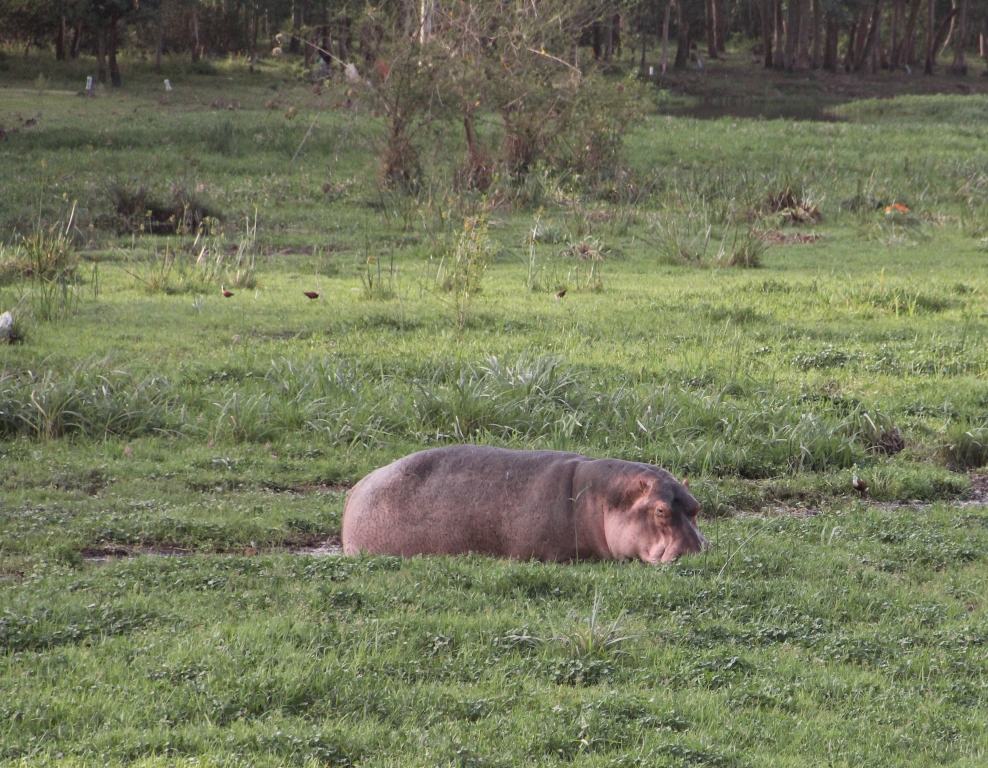
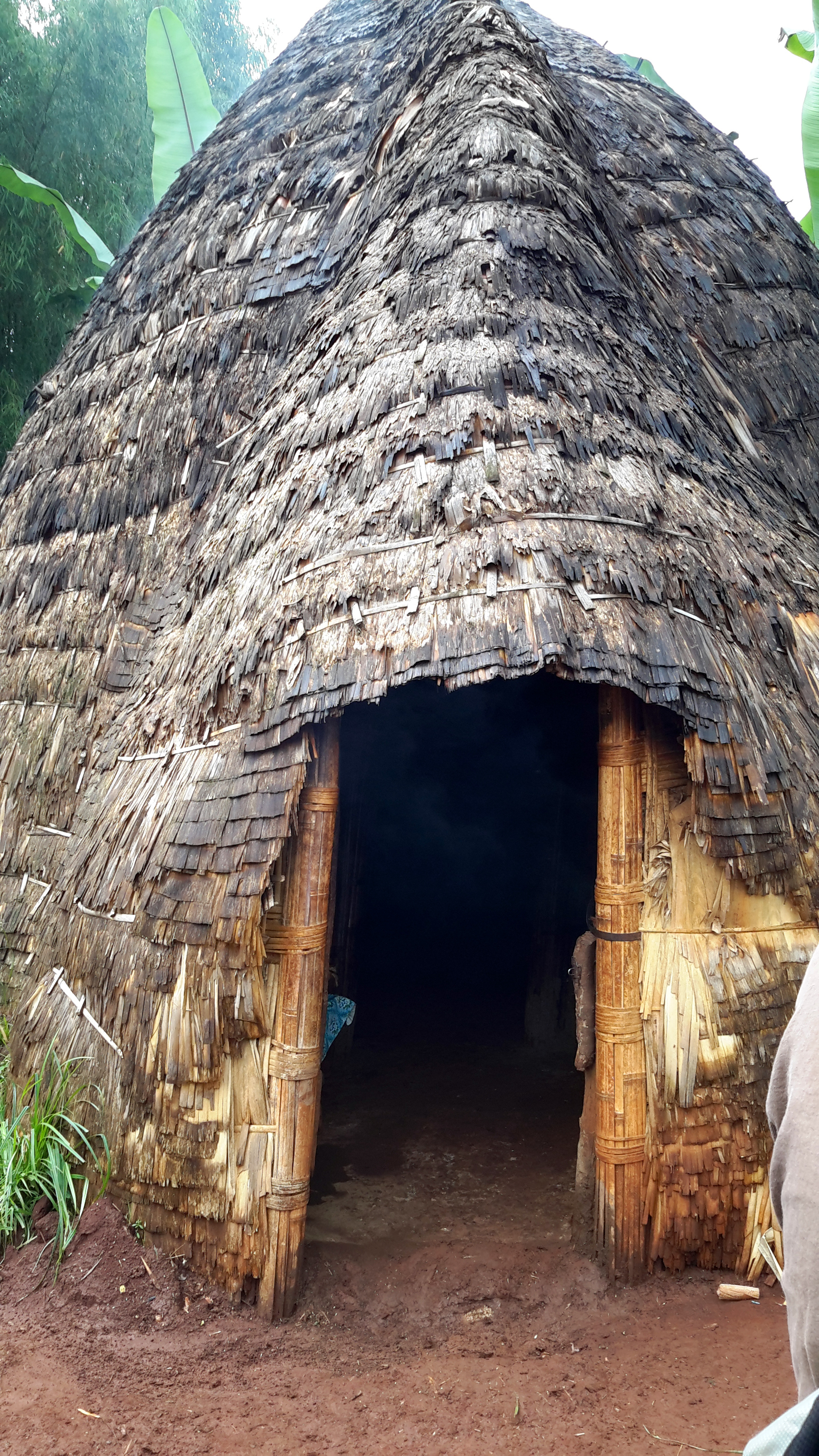
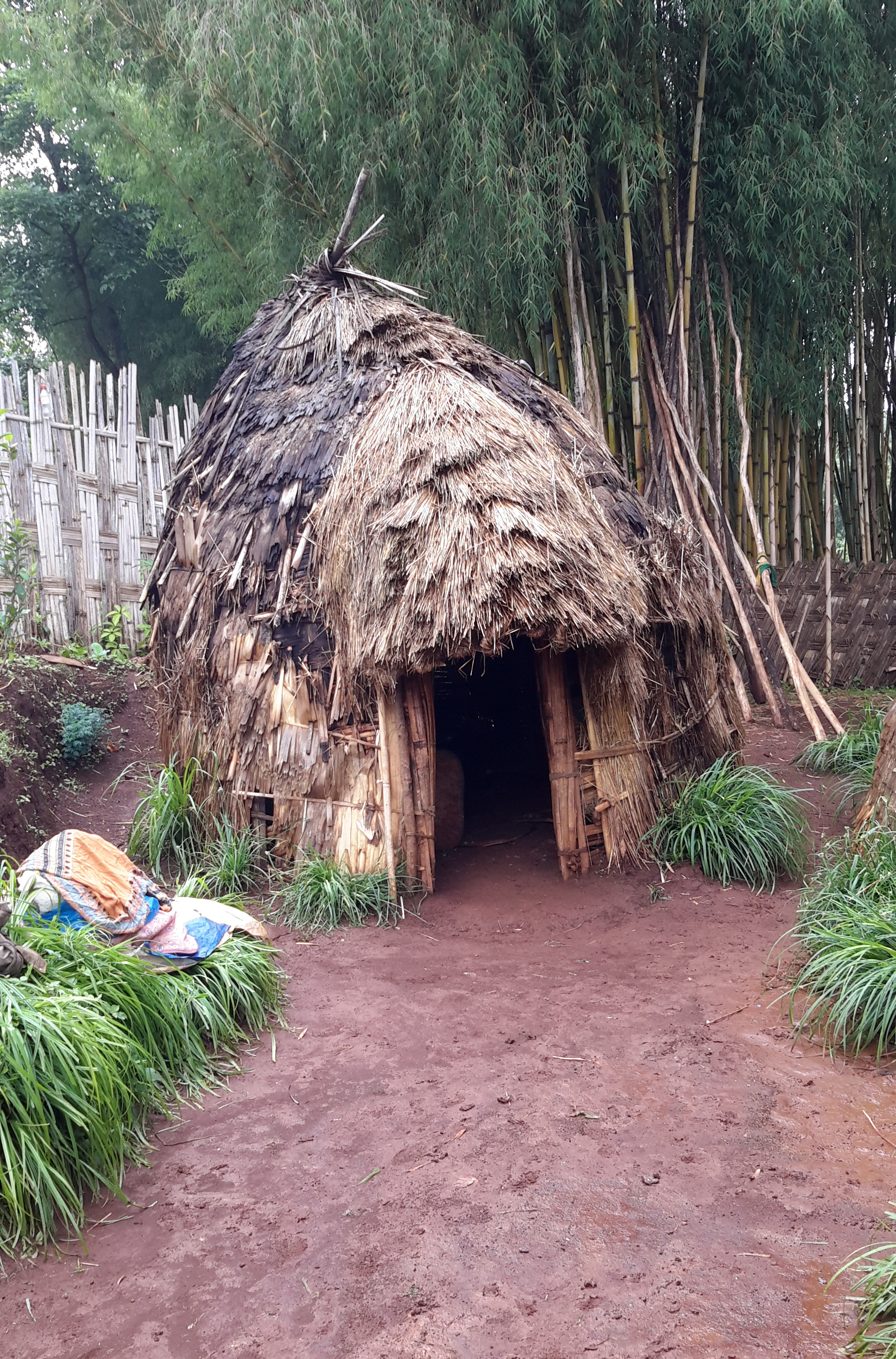
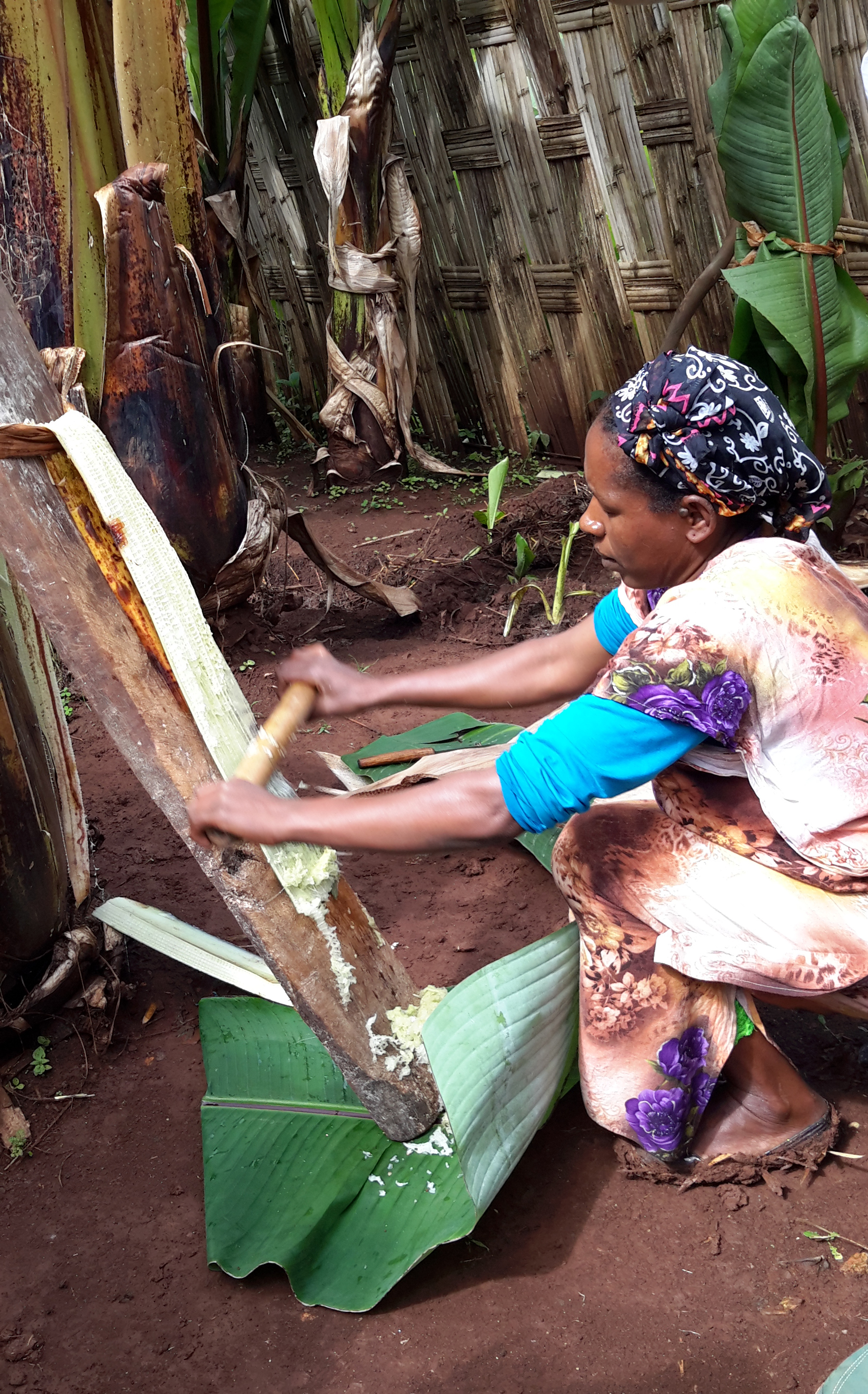
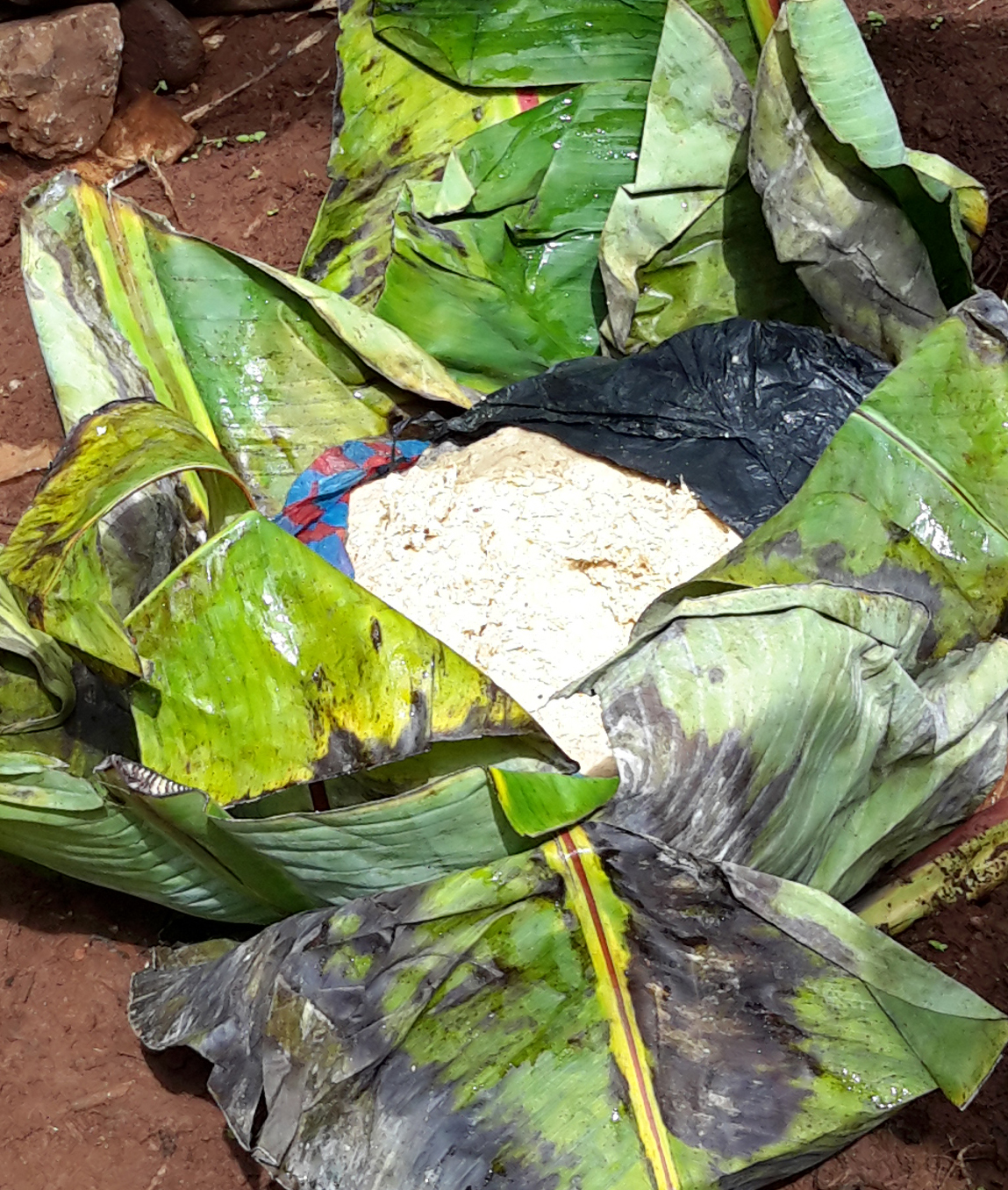
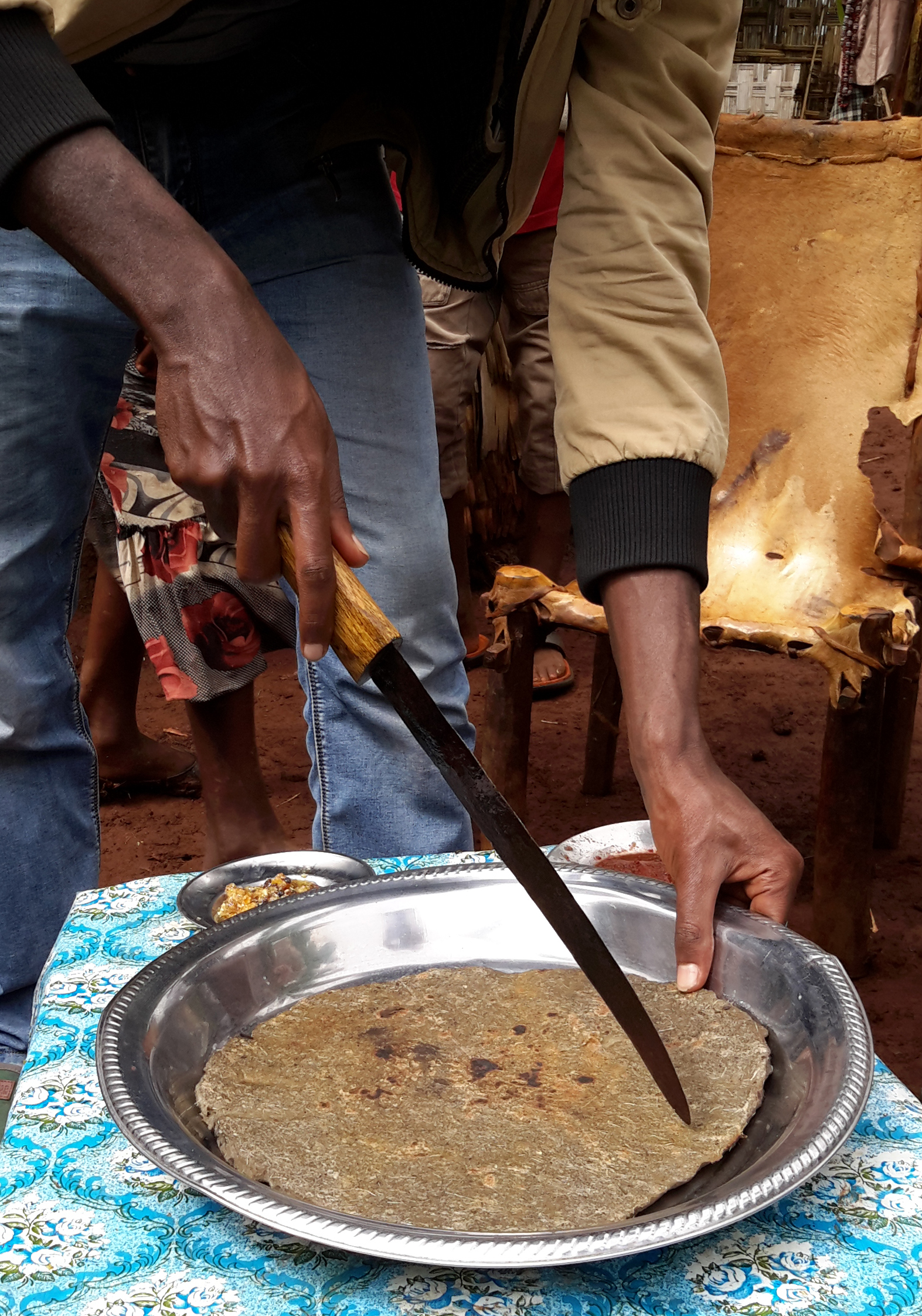
About The Author: Water to Thrive
More posts by Water to Thrive